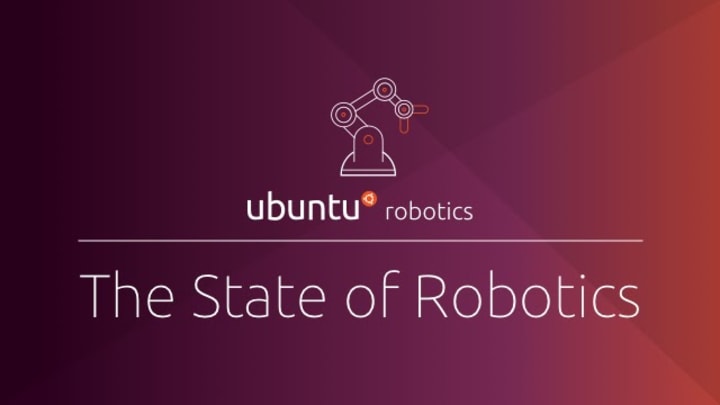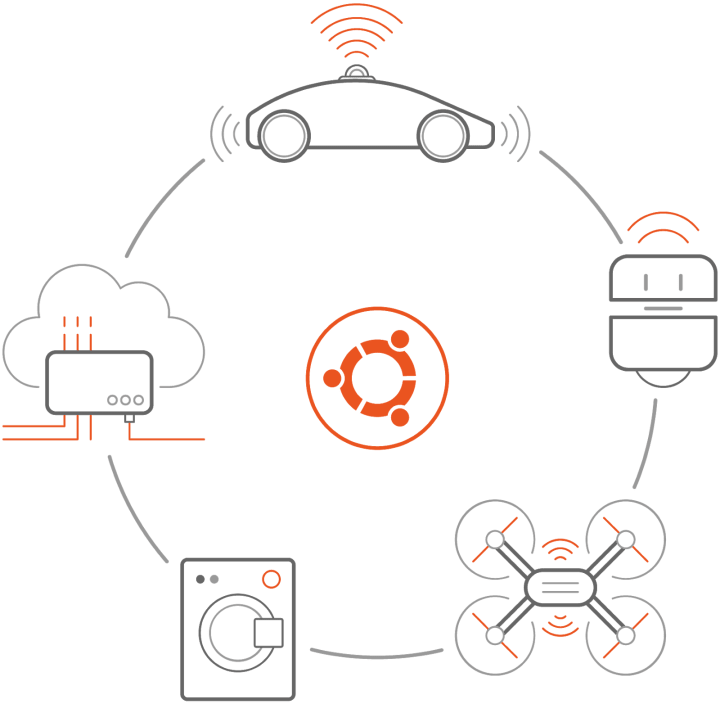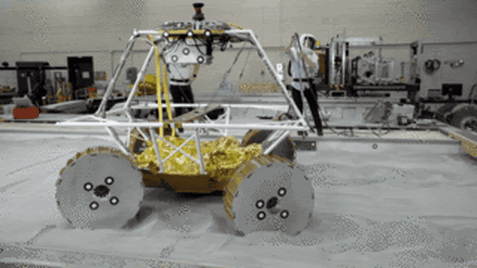
A new start? 2020 came and went, and in the process, it left a mark in history and our lives that won’t be erased. Together, as a community, we all struggled, we all faced new challenges, we all united and did our best to help each other. We are grateful for the effort of our nurses, doctors, carers, scientific, essential workers, and innovators that have led this fight. We also take a moment to remember those that we have lost and those who have been affected the most.
We have started a new year, and while some of us might be still in lockdown, working from home and unable to visit our loved ones, we see a light at the end of the tunnel.
It will take some time. But it is definitely a new start.
Thank you to all of you that have followed this monthly blog. We are committed to our robotics community and to our innovators. We will keep working for you.
Thank you to all of you that have contributed to this blog. We want this to keep growing, so if you are working on (or know of) something that you think would be interesting to our audience, let us know. Send a summary of the work to robotics.community@canonical.com.
A new start? You’re goddamn right. So let’s crack on.
Ubuntu Core 20 release
Canonical has launched Ubuntu Core 20 (UC20). A minimal, containerised version of Ubuntu 20.04 LTS for IoT devices and embedded systems. Have you tried it?
First, it has stripped Ubuntu Core down to it’s bare essentials. It only needs 256 MB of RAM and 512 MB of storage. That leaves more disk for your applications and data. This also means fewer packages to attack, fewer bugs to fix, fewer forced changes. With a reduced attack surface, its strict confinement, full disk encryption, secure boot, and ua-secure containers.
Ubuntu Core is the most secure embedded Linux ever. Don’t believe us? Well, check this analysis.
UC20 also addresses the cost of design, development and maintenance of secure devices, with regular, automated and reliable updates included. With Snapcraft you can put your devices on rails for rapid iteration with continuous deployment pipelines, beta testing and canary updates.
But most importantly, it’s really easy to use! Today, UC20 could help you deploy your robotics application. So why don’t you take your ROS project, snap it, and give it a try? We’d love to hear your feedback.
Want to learn more about UC 20? Check out our list of resources below and look forward to our tailored tutorial for our robotics community.

- Ubuntu Core Datasheet
- Enabling secure boot and full disk encryption on Ubuntu Core
- An introduction to Ubuntu Core 20
- Embedded Linux: make or buy?
From Menlo Park to the Moon, ROS is out of this world.
ROS 2 will be reaching the moon in late 2023 on a 100-day mission as part of NASA’s Volatiles Investigating Polar Exploration Rover (VIPER). VIPER is a mobile robot that will land on the lunar south pole to get a closer view of the craters in search of water, ice and other potential resources. Water that could eventually be harvested to sustain human exploration on the Moon, Mars — and beyond! (love that phrase)
The rover that measures 8 feet (2.5 meters) tall and 5 feet (1.5 meters) in length and width, is built for crawling around craters and will have a latency of 6 to 10 seconds (more than 10 minutes less than its predecessor!).
But rather than creating only custom code, the rover’s flight and ground-based software will make extensive use of open-source software, including key components adapted from ROS 2. NASA intends to release the rover’s software for general use once the mission is over.
“This approach allows for a rapid, agile, and cost-effective way of developing the rover’s software systems that can also benefit future rovers on the Moon and beyond.”
And we can’t wait to see this open-source project reach the stars! (too much? Ok, sorry)

MoveIt! Moving your robot arm
Give your robot arm orders, tell it where to go! Ever wonder how those arms figure out how to pick up objects, reach into tight spaces without hitting anything, and place the part where it belongs? That’s what MoveIt does, and we LoveIt!
Get your MoveIt2 ROS simulator up and running in an LXD virtual machine with the image provided with MoveIt.
Get moving, soldier!

Robotics upskilling
Worried that robots are taking over jobs? Check out Amazon’s robotics solution introduced as part of their Upskilling Commitments. They’ve designed a Mechatronics and Robotics apprenticeship to retrain employees into a highly-skilled technical maintenance role.
They are committed to providing free skills training to 100,000 Amazon employees in the U.S. by 2025 to help them transition into in-demand, higher-paying jobs.
With a name like “Mechatronics and Robotics”, who can resist retraining?

Go micro, go pico
We often mention embedded systems and microcontrollers, they’re just so cool. These tiny, low-powered but powerful computers really pack a punch. When you’re prototyping a robot, these devices let you spend less time on electronics and more time to focus on mechanics. This month is no exception with the introduction of the $4 (yes, that’s right, $4) Raspberry Pi pico. This tiny device does great things, but does it run ROS? Follow the race to get the pico running MicroROS! What we’re still wondering, though: if you run micro-ROS on a pico-Pi, have you created an atto-bot?

ROS 1 Kinetic End Of Life
Oh man. It’s that time of the year. Our ROS 1 Kinetic is reaching its end of support, together with Ubuntu Xenial. We either migrate or face the cold of EOL. This is not an easy decision for the thousands of ROS users out there. But don’t worry.
In the coming weeks, we will start talking about what Xenial and Kinetic EOL represents, and what your options are.
Plus we might have a surprise for you.
A surprise?
Well, we will see? Stay tuned ?
Outro
From the core to the moon, 2021 is looking bright. We want to keep moving and upskilling, starting micro and continuing to the end of life. (you see what I did there? Ok… sorry)
As always, if it’s ROS and or robotics-related, we’d love to hear about it and feature it next month. Send a summary to robotics.community@canonical.com, and we’ll be in touch. Thanks for reading.